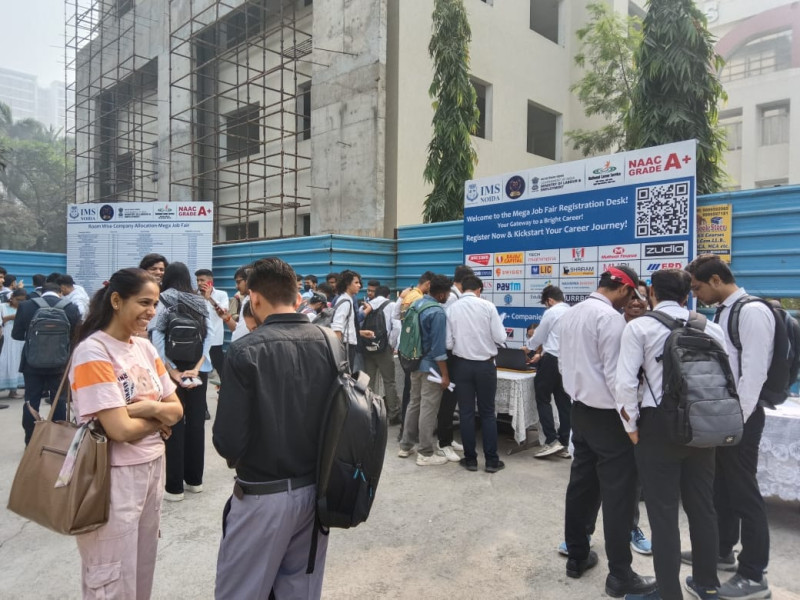Massive hiring in state schools via selection processes revitalizes West Bengal's education landscape, with 35,000 vacancies set to enhance human capital and regional GDP.
The drive, targeting secondary and senior roles, attracts 3.19 lakh applicants, underscoring youth aspirations amid 8% unemployment. Successful placements promise Rs 2,000 crore in annual salaries, circulating into housing and retail. The sector's 6% state GDP contribution rises, as qualified educators lift learning outcomes by 15%, per benchmarks.
Market impacts favor edtech. Training platforms see 40% enrollment surges, valued at Rs 1,000 crore, integrating AI for prep. This synergy creates 50,000 jobs in coaching and assessment, diversifying rural incomes.
Policy reforms drive equity. Post-judicial resets, fresh tests ensure merit-based fills, with 30% reservations for women addressing gender gaps. Rs 1,500 crore budgets fund infrastructure, like digital classrooms in 5,000 schools, yielding 20% efficiency gains.
Innovation shines in evaluation. Online portals streamline applications, cutting processing by 50%, while skill certifications align with NEP 2020. Consumer demand for quality education boosts private tuitions by 25%, a Rs 3,000 crore market.
Economic analysis highlights multipliers: each teacher hire generates Rs 1.5 lakh in local spending yearly. Women's empowerment rises, with 60% hires female, enhancing household earnings by 12%.
Challenges like protests over fairness persist, but transparent scoring mitigates disputes. Projections: 10% enrollment growth by 2026, fortifying a Rs 50,000 crore education economy. As recruitments unfold, they exemplify policy's power in skill-led development.


